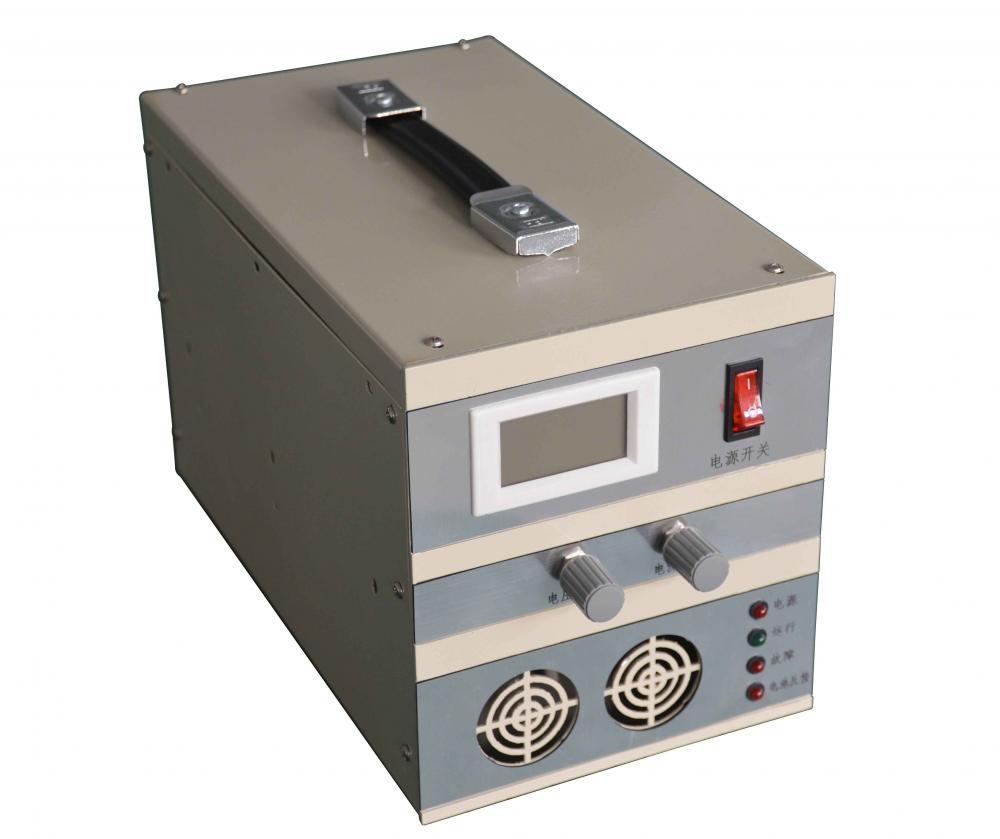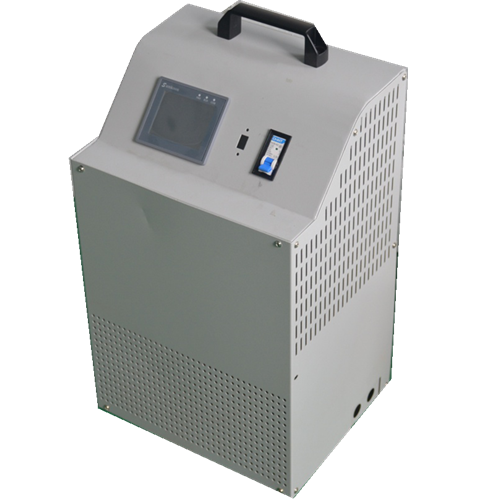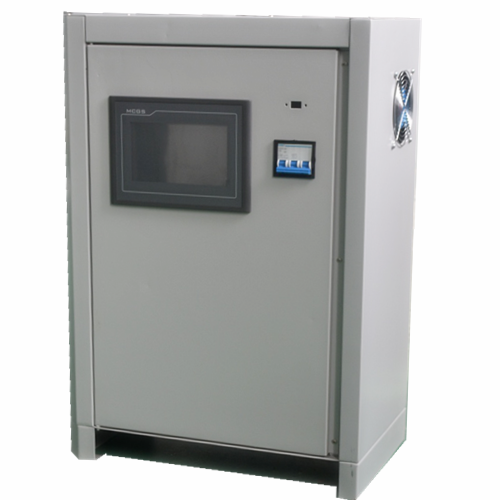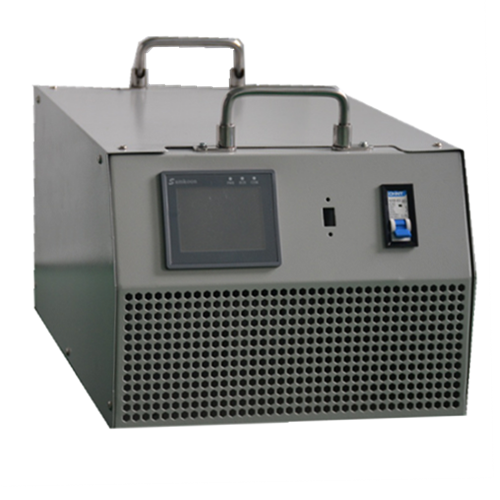Abstract: A dual-mode smartphone is a mobile terminal device that can communicate using the CS domain and the IMS domain. After analyzing the three technologies used, the system architecture, hardware platform, software platform, and DMS are designed to complete the design of the whole system, and the actual implementation is combined with the actual physical devices. The emergence of mobile phones has enabled people to communicate anywhere, anytime, and has also triggered changes in social information. After several stages of development, the mobile phone has evolved from a closed operating system to an open operating system, enabling a variety of extended functions. Smart Phone is a new type of mobile phone jointly proposed by international famous mobile phone manufacturers such as Motorola, Nokia, Samsung, etc. In addition to basic call functions, it also has most of the functions of PDA, especially personal information. Management, web browser and email capabilities. A smart phone is a multi-tasking mobile phone with an open operating system, a powerful CPU, an extended hardware (such as a memory card, etc.), and software functions (such as games, office software, etc.). In recent years, with the development of semiconductor technology, the processor capability has been continuously enhanced. Today's smart phones are no longer just a simple combination of mobile phones and PDAs. They can realize the performance and functions of many computers, including high-fidelity stereo effects and 3D graphics. Effect, office, DVD effect video playback, multimedia internet games, Bluetooth, WiFi, etc. With the enhancement of the functionality and practicality of smartphones, more and more users are used, especially for "mobile" business people. At present, the competition in the smart phone market is also fierce. On the one hand, traditional giants such as Nokia, Motorola and Samsung want to firmly grasp the market share, and the other international giants such as Microsoft, Apple and Google have begun to enter the mobile phone market. Future smartphones will not only have a significant increase in processor speed, but the operating system will become more open and intelligent, providing a better platform for software operations and content services. With the advent of the 3G communication era and the gradual maturity of IMS technology, communication efficiency and bandwidth will be greatly improved. Multi-mode access to mobile phones will become a trend, and application services based on 3G mobile phones will become more and more abundant. Multi-value-added services can be launched in this way, such as goods, weather, news, stocks, transportation, application downloads, etc., so manufacturers are no longer only concerned about smartphones, but more concerned with communication software and content services, so communication software and mobile Internet have Strong market potential, such as mobile TV, mobile search, mobile online games and other fields will have broad market prospects.
This article refers to the address: http://
I. IMS, VCC and WIFI technologies
1, IMS (IP Multimedia Subsystem)
IMS (IP Multimedia Subsystem) is an important part of the third generation mobile communication core network. It is based on IP technology and integrates the network system of Internet, mobile network, data, voice and video [1]. The goal of IMS is to integrate Internet and mobile communication networks. Now IMS has been defined as a multimedia service core network supporting all IP access networks, and can support any kind of mobile or fixed, wired or wireless IP-CAN (IP Connectivity Access Networks), including W-CDMA, CDMA2000. , TD-SCDMA, Ethernet, xDSL and WirelessLAN access methods to achieve its access independence.
The IMS core network mainly uses SIP (Session Initiation Protocol) protocol for session control. Through the IMS, the 3G (3rd Generation Mobile Communications System) network can provide users with multiple services such as PoC (Push to talk over Cellular), multimedia conferencing, instant messaging, and presence. From the perspective of network architecture, IMS is a network superimposed on the original circuit domain and the packet domain network. The signaling domain and the user data are carried through the packet domain, and the interworking with the original circuit domain can be realized.
2, VCC (voice call continuity)
Wireless local area network (WLAN) technology has been greatly developed in recent years and has been widely used in office areas, homes, and communication hotspots. Users can access IMS core network through WLAN to use IMS-based VoIP (Voiceover IP). )phone service. At the same time, we should pay attention to the following two points: First, the voice service provided by the CS domain is a basic source of income, it is impossible to stop immediately, and it will coexist with the IMS network for a long time. Second, although IMS supports SIP services using SIP-based service implementation, its voice quality is difficult to guarantee. Voice Call Continuity (VCC) is a solution for 3GPP's voice call continuity between IMS domain and CS domain. Based on the VCC service, by introducing a dual-mode or multi-mode mobile terminal device supporting GSM/CDMA/UMTS and WLAN access, users can access the IMS for voice calls in the WLAN-covered area, and when the user moves out of the WLAN. After the service area, it will roam to the mobile cellular network to continue the voice call, and can seamlessly switch between the two.
3, WIFI (wireless fidelity technology)
WIFI is a kind of IEEE 802.11 network specification with a maximum bandwidth of 11 Mbps. According to the actual situation, the bandwidth can automatically adjust three different bandwidths, namely 5.5Mbps, 2Mbps and 1Mbps. The automatic adjustment of bandwidth is effectively guaranteed. Network stability and reliability. It has the characteristics of "fast speed, high reliability". In the open area, the communication distance can reach 305 meters. In the closed area, the communication distance is 76 meters to 122 meters, which is convenient to integrate with the existing wired Ethernet network, and the cost of networking is lower.
WLAN (Wireless Local Area Network) is a wireless network composed of an AP (Access Point) and a wireless network card. An AP is called a network bridge or access point. It is a bridge or link between a traditional wired local area network and a wireless local area network. Therefore, any terminal with a wireless network card can share the wired local area network or wide area network through the AP. The network's working principle is equivalent to a HUB or routing with a built-in wireless transmitter, while the wireless network card is the terminal device responsible for receiving signals transmitted by the AP.
Second, the software and hardware architecture system design
To create the hardware and software system platform of this smart phone, the system architecture needs to be designed based on the IMS and VCC implementation principles and specific functional requirements. The following figure is a system architecture diagram based on Linux and IMS.

IMS-based system architecture diagram
In the above figure, the top layer is some applications developed according to actual needs, using a layered implementation mechanism to implement a corresponding business engine for each business design. These business engines are based on some underlying network protocol stacks ( Specific business modules such as SIP) and device drivers. The above figure lists three business engines that can be adapted to specific needs. Multimedia data such as audio and video in mobile communication implements codec work by using a media player based on GStreamer (an open source multimedia framework library). The IMS Core module in the figure consists of some common core IMS APIs that are called when the specific business engine is implemented. The Driver layer in the IMS SDK is abstracted on the basis of the hardware device driver layer to achieve the purpose unrelated to the operating system and specific hardware devices used. 1, hardware platform design
In order to design and implement the entire smart phone, we first need to consider the functional requirements from the user's point of view, while paying attention to its development costs. In general, the hardware platform of a smartphone must be considered in two parts, namely the processor and peripherals.
Smartphones have higher performance than regular phones because of the different core processors used. The operating frequency of the processor selected for ordinary mobile phones is only a few tens of MHz, and at most only one hundred MHz. This processor can handle basic voice functions, but the performance of multimedia data such as image and video is far from enough. Can be used in mobile phone processors: Samsung's ARM series, TI's OMAP series, INTEL's XSCAL series.
With the development of smart phones, there is a need for higher performance embedded microprocessors.
This smartphone uses Intel's XScale-based PXA270 high-performance embedded processor with a maximum clock speed of 624MHz and supports Wireless Multimedia Instruction Set Extension (Wireless MMX), allowing the PXA270 to be enhanced at lower clock frequencies. Multimedia performance. The processor provides a very rich peripheral interface, such as LCD, audio, USB, I2C, SD/MMC, CF, Bluetooth, WiFi, digital camera, keyboard and other interfaces [7]. The PXA270 processor uses Wireless MMX and SpeedStep's two patented Intel technologies further combine high-performance computing with dynamic power management technology, making the processor a significant advantage in multimedia processing power and power consumption compared to other similar chips.
There are also many options for selecting traditional communication modules. This smartphone system uses Philips' Sysol-3 communication module, which includes all the software functions required for baseband chip, RF chipset, Combo Flash chip and GSM/GPRS terminal. . Sysol-3 has perfect functions and stable performance. In addition, it has a very small form factor and very light weight, which can meet the thin, light and compact requirements of wireless terminal devices such as smart phones and digital communication devices.
There are two popular wireless network card interfaces, one based on the standard PCMCIA interface and the other based on the USB interface. Because the Intel Xscale PXA270 processor integrates a dual 16-bit PCMCIA PC Card/CF controller, it supports 8-bit/16-bit I/O mode and Memory mode access. So we use the PCMCIA interface to extend the 88W8686 wireless network card. 2, software platform design
After designing the hardware development platform of the smart phone, the software development platform needs to be designed according to the hardware platform. The system's bootloader is implemented by compiling the u-boot, which has good support for the PXA270 processor. Then transplant the driver of the corresponding hardware device, configure and reduce the Linux kernel, and complete the cross-compilation of Linux [8]. As for the root file system, use the Busybox tool to compile and generate, and use the mkfs.jffs2 tool to create the JFFS2 type file system map. Elephant. Finally, the u-boot, Linux kernel and file system image are burned into Flash one by one for test operation. 3. Design of DMS SKD layer
Regarding the DMS (Dual Mode Services) SDK layer, terminal developers can design and implement them themselves, or by purchasing third-party SDK solutions, such as PicoMobile and Ecrio. The design of the SDK not only needs to meet the functional requirements of the system, but also meets the requirements of modularization and simplification, so as to facilitate the expansion and integration of new functions in the future. The work of the SDK layer is mainly based on the SIP protocol, the signaling flow of IMS communication, and GSM call signaling. The implementation process of the API related to the call is mainly based on the SIP protocol to implement interaction with the server by sending or receiving corresponding SIP signaling, and the API related to the hardware is mainly implemented by calling the relevant driver. The above mainly implements the functions related to the telephone service, and can also expand the SDK on the basis of the needs of the service. 4, DMS background service design
The DMS Daemon Service, the DMS daemon service, is the main part of the interaction with the DMSSDK layer (mainly VCC Engine). Its implementation is mainly based on Qtopia packaging the API provided by the DMS SDK layer into a public interface that can be called by the upper application. .
Among them, DMSDaemon is the overall background service class; DMSTelephonyService is responsible for implementing the phone-related function interface; IMSControlService is used to respond to the IMS service request of the upper-layer control program; all calls related to the underlying DMS SDK subsystem are completed by DMSLayer. Third, WIFI driver design
Like the wired network, access to the wireless LAN requires a network card device. Currently, the commonly used interfaces of the WLAN network card include PCI, USB, PCMCIA, and CF card interfaces. The commonly used WLAN network card interfaces of the embedded system generally have PCMCIA, USB, and CF card interfaces, of which PCMCIA Similar to the CF card interface logic, in the hardware design of the system, the PCMCIA interface is used to expand into a WLAN interface and access the WiFi wireless network card. Therefore, if you want to use a wireless network card, you need to implement the driver for the PCMCIA interface under Linux and the driver for the specific wireless network card device. The Linux kernel supports the commonly used wireless LAN cards very well. When the kernel configuration is selected, Networkdevice support à Wireless LAN is used to support the wireless network. Therefore, the driver of the wireless network card is relatively simple to transplant.
With the continuous replenishment and improvement of the IMS standard, the VCC standard will be continuously improved and expanded, and there will be more IMS-based services. At the same time, there are more powerful smart phone terminals with access modes, so that the network can be accessed at any time, any place, any device, and the network is more convenient, so as to better realize mobile office.
Taihang Jiaxin lead-acid battery charging system is suitable for maintenance and non-maintenance operations. The primary function of the charging system is to provide continuous load while charging the battery without supervision. It is suitable for high reliability emergency backup power systems. Controlled by solid state thyristors with electronic sensing and monitoring. The charging characteristic is a constant potential with a current limit. The primary function of the charging system is to provide continuous load while charging the battery without supervision. The charger rectifier circuit provides 100% of the rated current, while the float/boost charges a group of lead acid batteries.






Lead Acid Battery Charger,Automatic Battery Charger,Intelligent Rapid Charger,12V Lead Acid Battery Charger
Xinxiang Taihang Jiaxin Electric Tech Co., Ltd , https://www.chargers.be